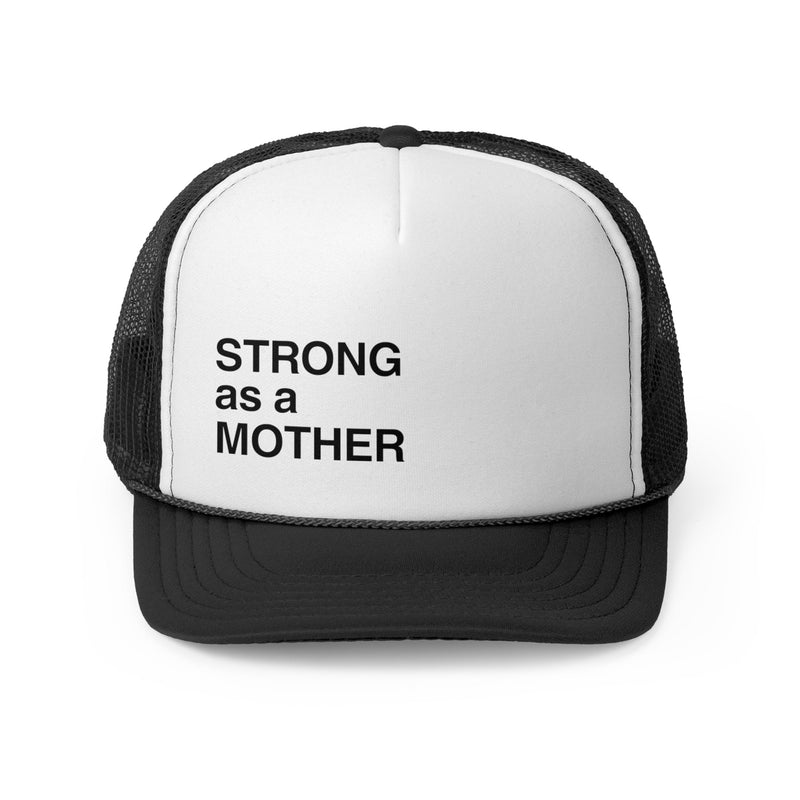
The best time to breastfeed? Whenever your baby wants to — especially in those early days. But even the most dedicated breastfeeding moms will find themselves reaching for a breast pump at some point.
Whether you're returning to work, need a night off, or want to build up a stash for future use, your breast pump can be an incredible tool. Let’s break down a few common reasons to pump and how to make it work for you.
Why Use a Breast Pump?
* To store breast milk for later use
* To increase your milk supply
* To support a premature baby who can’t yet latch
* To create flexibility and freedom in your feeding schedule
* To relieve engorgement or blocked ducts
Using a Breast Pump to Store Milk
There are so many reasons why having a freezer stash of breast milk is helpful — returning to work, enjoying a date night, or simply letting your partner take over a feeding.
When to Pump for Milk Storage
1. In the Morning
Milk-making hormones are most active in the early hours, especially between 1 AM and 6 AM. If you can wake up before your baby, try pumping during this time to collect an extra bottle. Just be sure to allow at least 1–2 hours between pumping and nursing to give your breasts time to replenish.
2. Between Feedings
Try pumping about 1–2 hours after breastfeeding and at least 1 hour before the next nursing session. This timing supports milk production without interfering with your baby’s next meal.
3. On a Set Schedule
If you're returning to work, start pumping at the times you'll need to at work — several weeks in advance. This conditions your body to produce milk at those times and gives you time to practice and get comfortable with your pump.
> Bonus Tip: Create a comfortable pumping space at work and plan ahead with storage containers and cold packs.
Using a Breast Pump to Increase Milk Supply
Low milk supply can be emotionally and physically draining. While every body is different, here are a few ways to use your pump to help stimulate more production.
Pumping Strategies to Boost Supply
1. Pump After Daytime Feedings
Even if you only get a small amount (or nothing at all), pumping signals your body to make more milk. Think of it like placing an order for tomorrow’s milk.
2. Try Cluster Pumping
Cluster feeding is when babies nurse frequently during a growth spurt. You can mimic this with your pump:
* Pump for 10 minutes
* Rest for 10 minutes
* Repeat for 1 hour
* Do this several times a day if possible
This method may seem time-consuming, but many moms see results within 3 to 7 days.
3. Recognize Growth Spurts
Babies naturally nurse more during growth spurts (typically around 2–6 weeks, 3 months, and 6 months). This doesn’t mean you’re not making enough — your baby is just doing the work of boosting your supply naturally.
During these times, your best move is to let your baby feed on demand. Relax, hydrate, and trust your body to adjust.
Using a Breast Pump for a Premature Baby
If your baby is born early, they may not yet be strong enough to nurse effectively. Pumping gives you the opportunity to establish and maintain your milk supply while still providing your baby with breast milk.
How to Support a Preemie with Pumping
1. Start Soon After Birth
Begin pumping within six hours of giving birth to take advantage of postpartum hormones. You may only express a few drops of colostrum, but this “liquid gold” is full of antibodies and nutrition that’s perfect for your baby.
2. Pump Frequently
Aim for 8 to 10 sessions per day, including at least 2 during the early morning hormone window (1 AM – 6 AM). This mimics a newborn feeding pattern and helps stimulate milk production.
3. Be Gentle with Goals
A good target is to eventually express 25–35 ounces per day, but take your time. As long as your supply is increasing, you’re moving in the right direction. Once established, try not to go longer than 5 hours between pumping sessions to maintain your supply.
Final Thoughts: Pumping Is Part of the Breastfeeding Journey
Breastfeeding isn’t always as intuitive or effortless as it’s made out to be — and that’s okay. Using a breast pump doesn’t make you less committed, it makes you more supported.
Whether you're storing milk, boosting your supply, or giving your preemie the best start, your pump is a powerful ally. Be patient, stay hydrated, and give yourself the grace to learn as you go.
Your breastfeeding journey is unique, and you’re doing an incredible job.
















0 comments